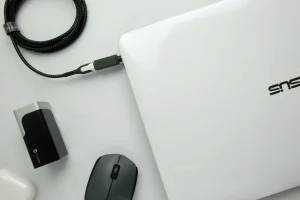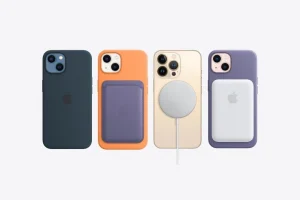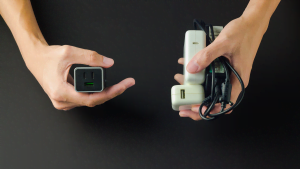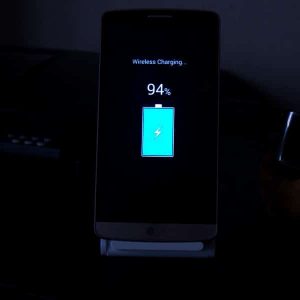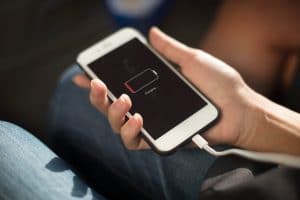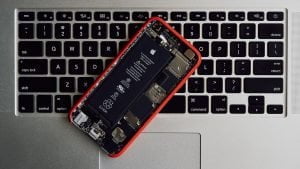Will Wireless Charging Actually Replace Wired Charging?
The question of whether wireless charging will replace wired charging is not as straightforward as it sounds. The question of when and if wireless charging will become common depends on your perspective as a consumer of the technology.
If you’re a critic of wireless technology, then it’s a matter of if. Critics believe that wireless charging will never replace wired charging if the technology is not refined. It’s almost impossible to control electromagnetic fields in free space.
Even the Tesla coil cannot control the path of air ionization when attempting to convey an electric spark to the device. Hence, there’s little chance, if any, that wireless technology will ever be refined beyond its current state.
However, if you’re a proponent, then it’s reasonable to argue that it’s when wireless charging will render wired charging obsolete, despite it being criticized as not fully “wireless”. As it stands now, wired charging is more popular than wireless charging.
Few people are aware of wireless charging. This technology is currently available only on high-end electronic devices, which are still out of reach for the many. It’s still at its infancy, and may not be as developed as wired charging. It’s infiltrated into tablets, smartphones, wearable devices and other small handheld gadgets.
However, mobile devices are increasingly adopting wireless technology, and sooner rather than later wireless charging will become just as common as wired charging. In addition, no standard as of late has been developed for wireless charging. There’s also a trend toward integrating wireless charges with household devices such as gadgets, furniture and so on.
What’s Wireless Charging?
It’s a process that does not require a physical connection of electric cables to recharge batteries of electronic devices. A microwave or an electromagnetic induction facilitates the communication between the device and the power source. The pad houses a coil of copper which is also housed by the device.

Above: A smartphone and digital watch resting on a pad charger.
The pad uses an alternating current (AC) power source to create a changing magnetic field in the area surrounding the pad. This fluctuating magnetic field induces an electric current in the device and hence charging the battery. Whereas a wireless charger requires a pad, onto which a mobile device is placed, a wired charger requires an electric cable, which connects a mobile or gadget to a charging port.
How Convenient is Pad Charging?
Proponents argue that you’ll no longer need to carry many chargers for a variety of devices because more and more devices are becoming wireless chargeable. It’s inevitable that wireless charging will play a key role in meeting the demand for a standardized, safe, portable and efficient alternatives of power recharging. The user is safe from electric shocks. It’s also easy to handle, and you don’t need to maintain it.
Critics of wireless technology argue that it’s impractical, and rather than making charging easier, it complicates it and inconveniences users further. In addition, wireless charging is not “wireless” as advertisers have purported it to be because it still requires a cable connection to a wall.
One critic briefly puts it, “[p]ad charging, I guess for me, will be tad bit uncomfortable. You have to keep a phone on it for charging. It is gonna be inconvenient to use it while charging.”
The basis of this critic’s argument lies on the premise that the current wireless technology is fake. It’s not popular and widely adopted because of its inconvenience. Pad charging complicates the experience of the users of smart devices such as Android or iPhone devices.
According to Jonathan Johnson,
The charging pad is much more complex than a standard USB wall charger power supply and cord. That means they are more expensive. In addition to being more expensive, they are also less portable. They require a surface on which to rest, preferably flat and level. There’s not a spot in my car that is either flat or level, so I can’t reliably use a charging pad in my car. I probably could get a cradle that holds the phone firmly, but the cradle wouldn’t be useful outside of my car.
In summary, the question of whether to adopt a wireless technology lies in its practicality and refinement. While it’s been proved that it’s not practically possible to relay charges through an ionized air space, it is incumbent upon the proponents of wireless technology to prove the critics wrong by demonstrating that Nikola Tesla’s dream of transmitting wireless power is actually possible.

